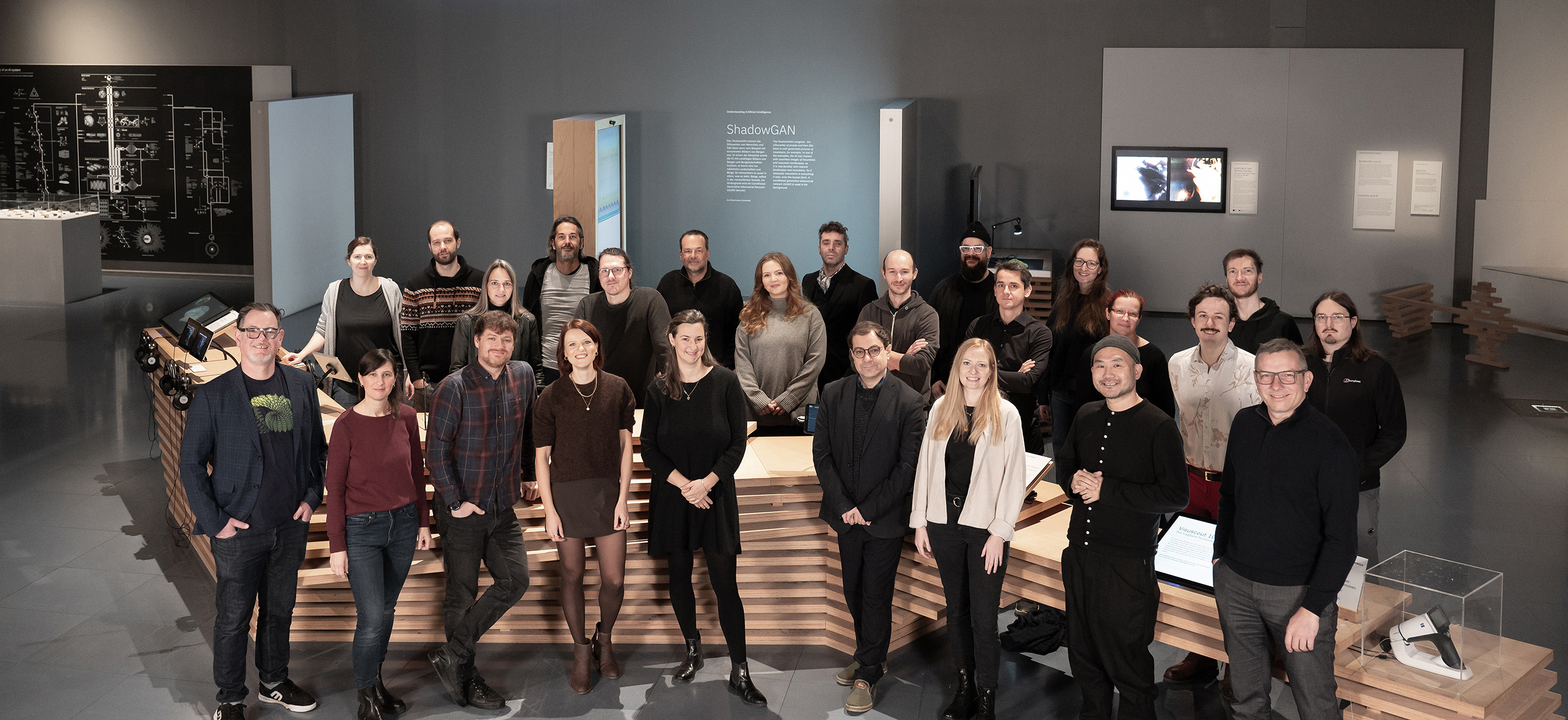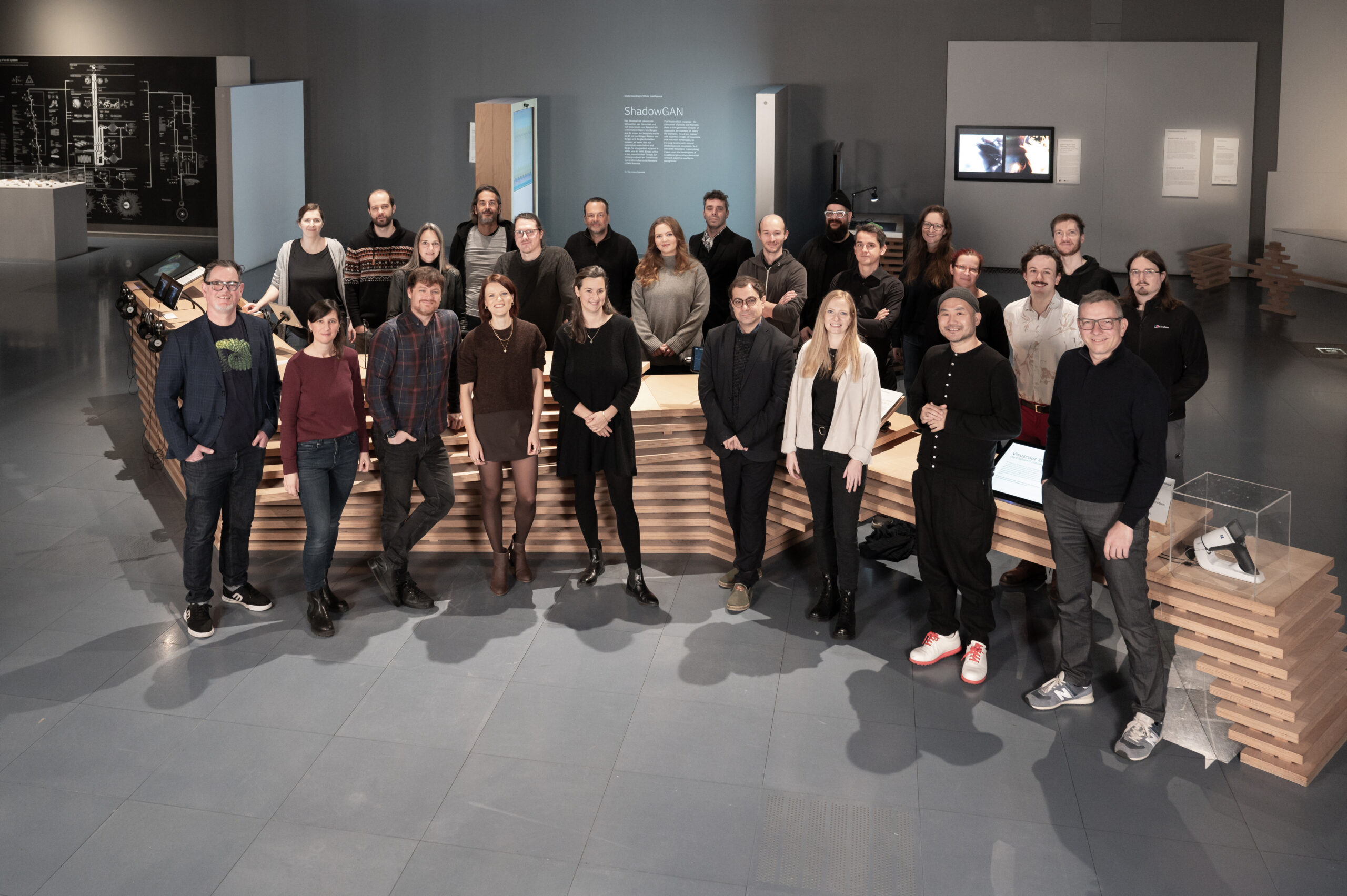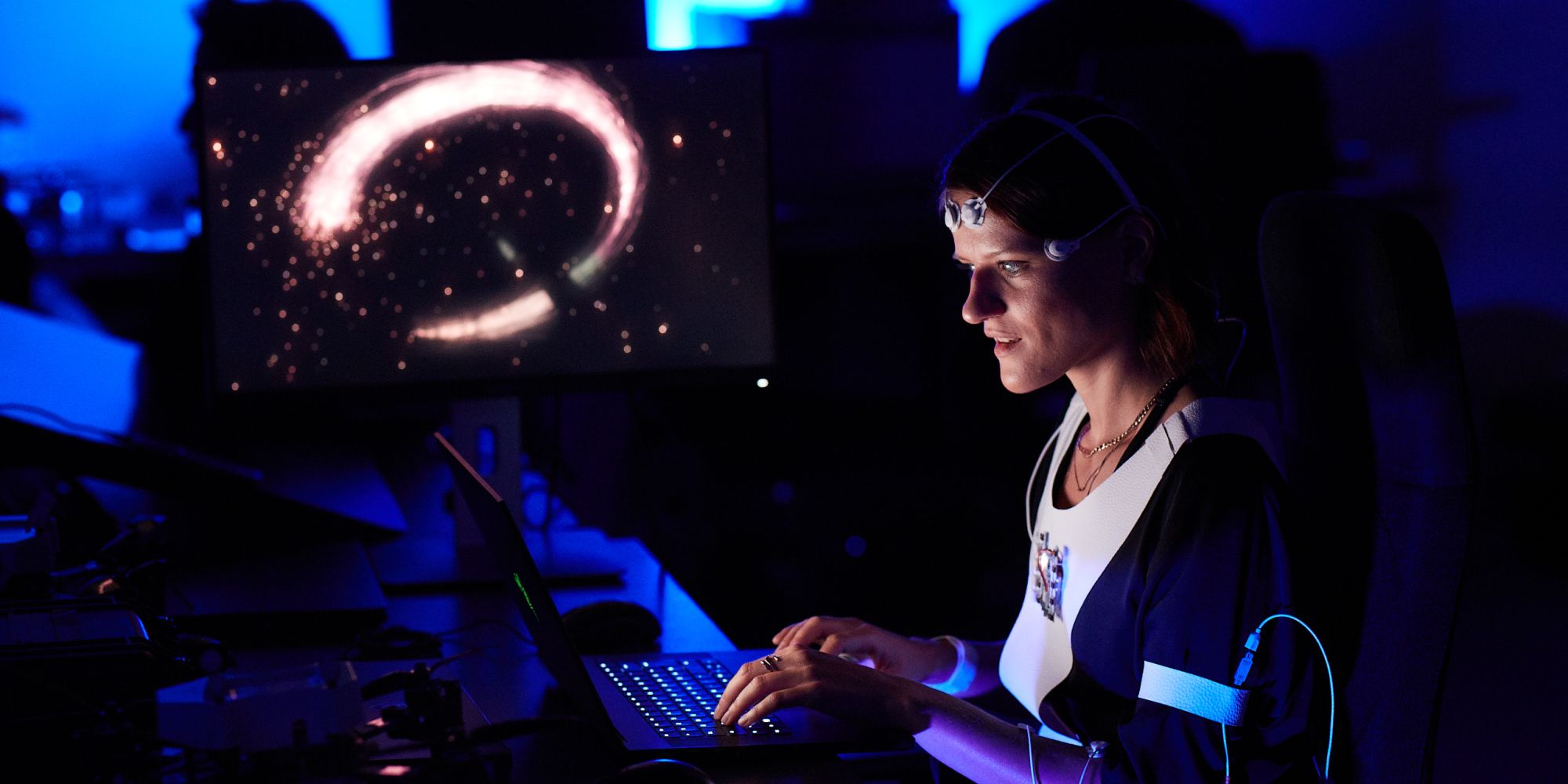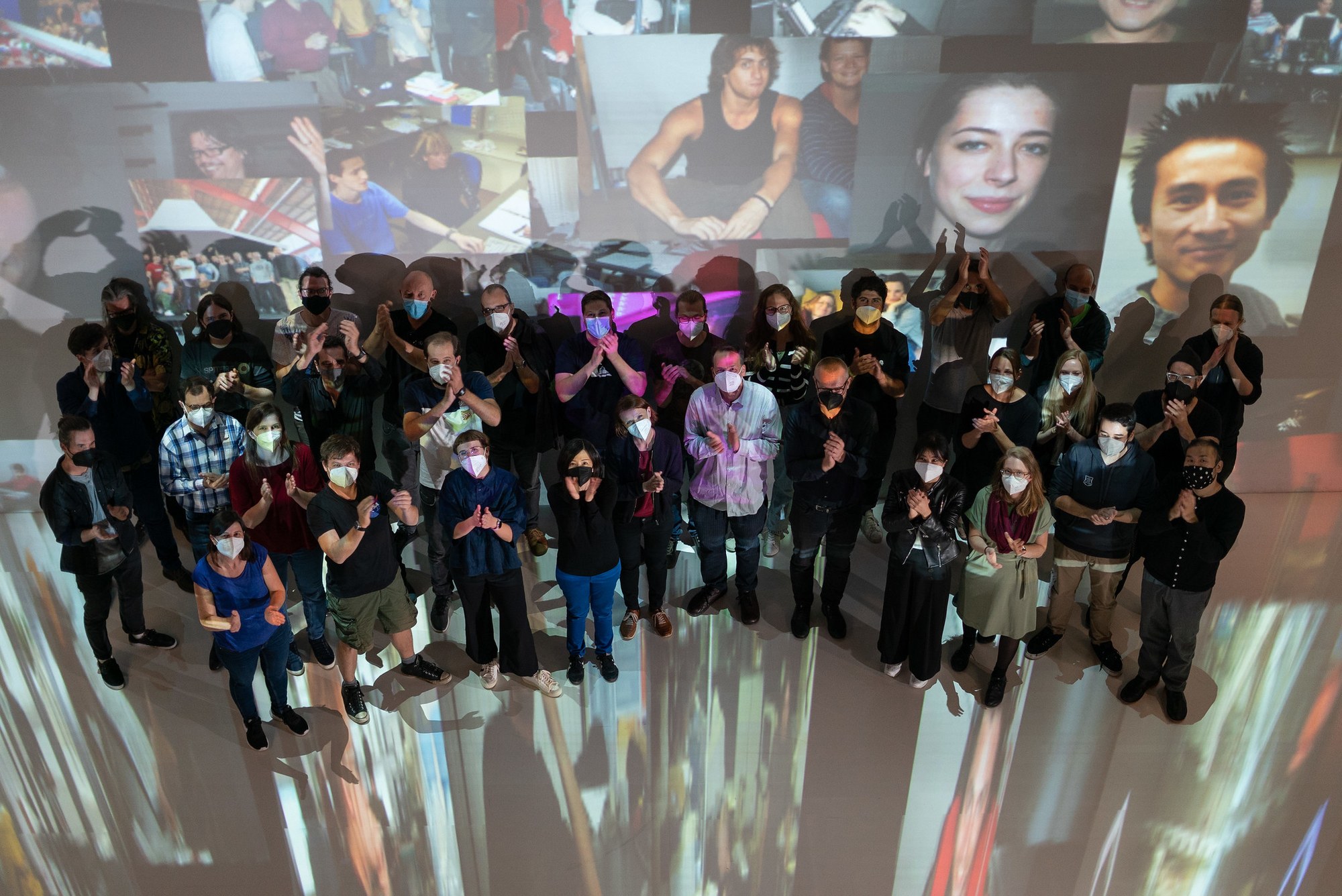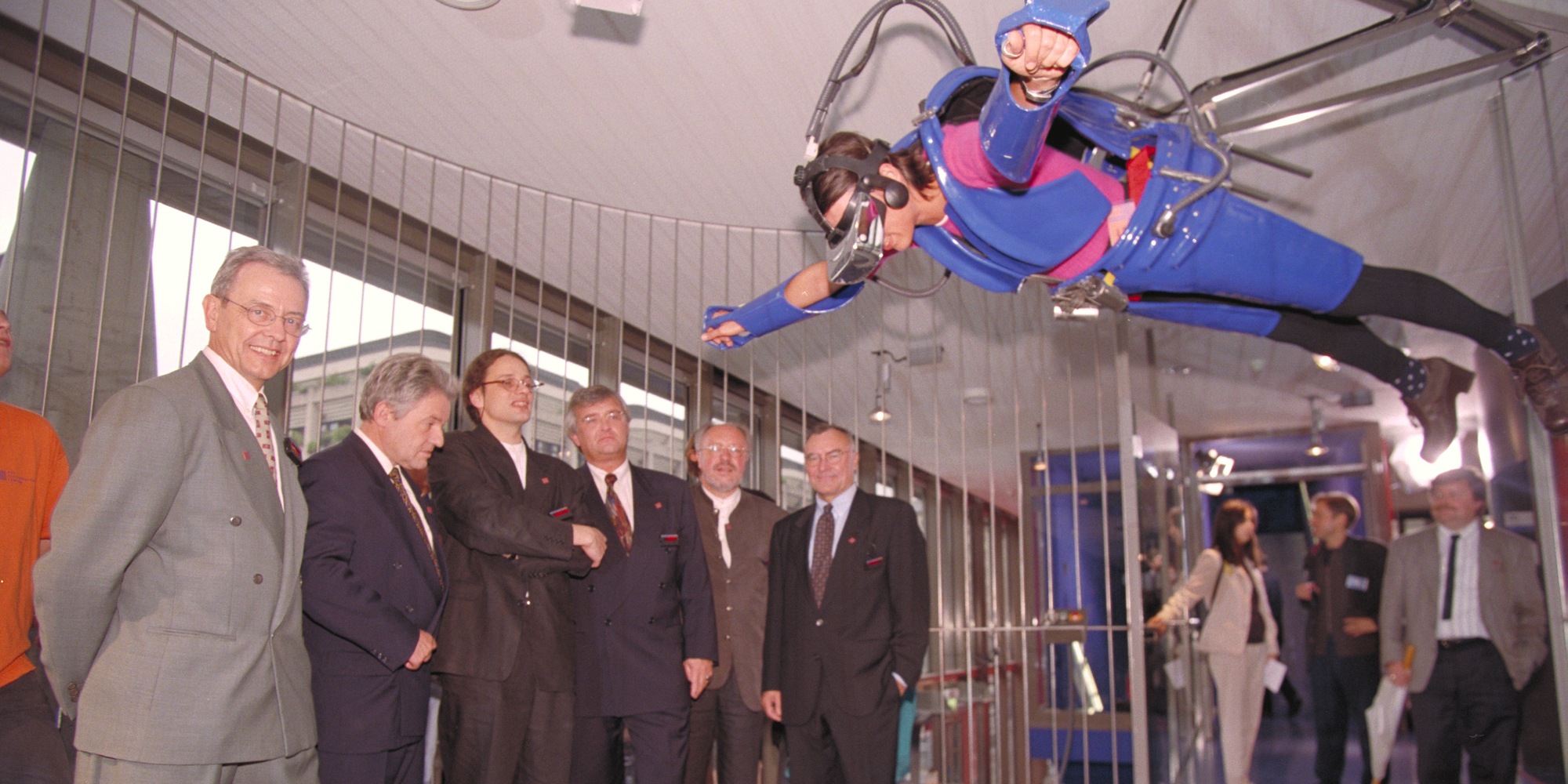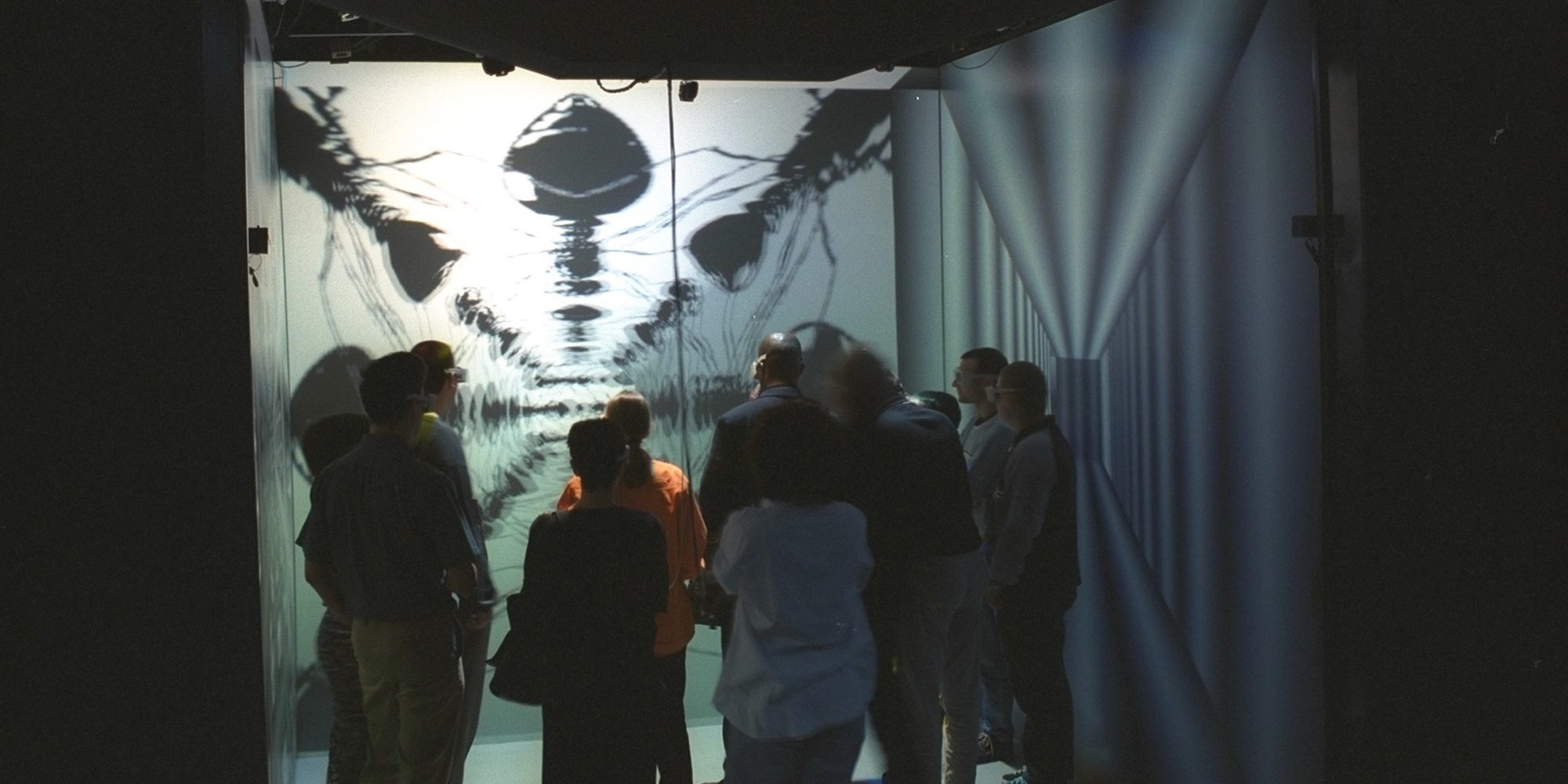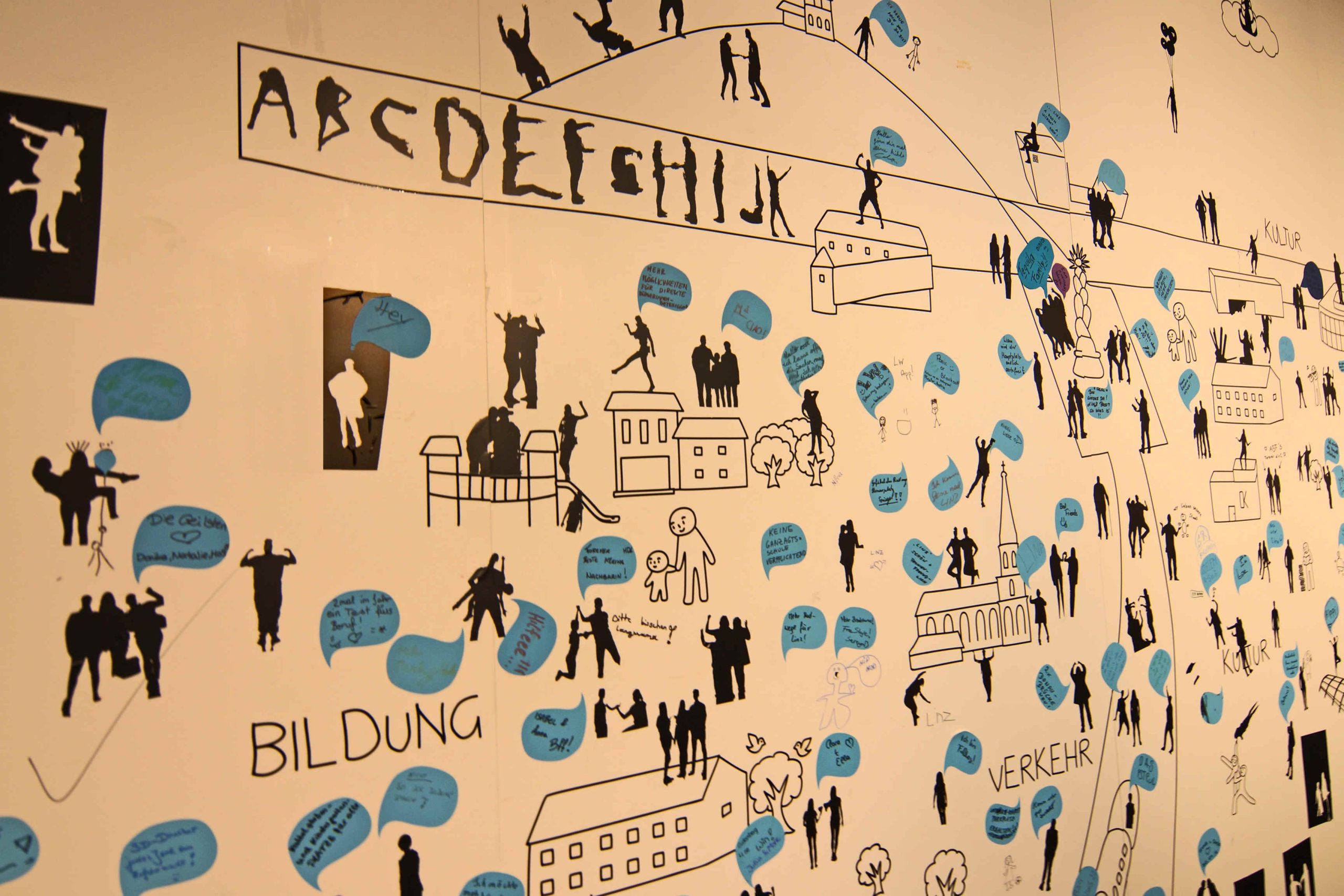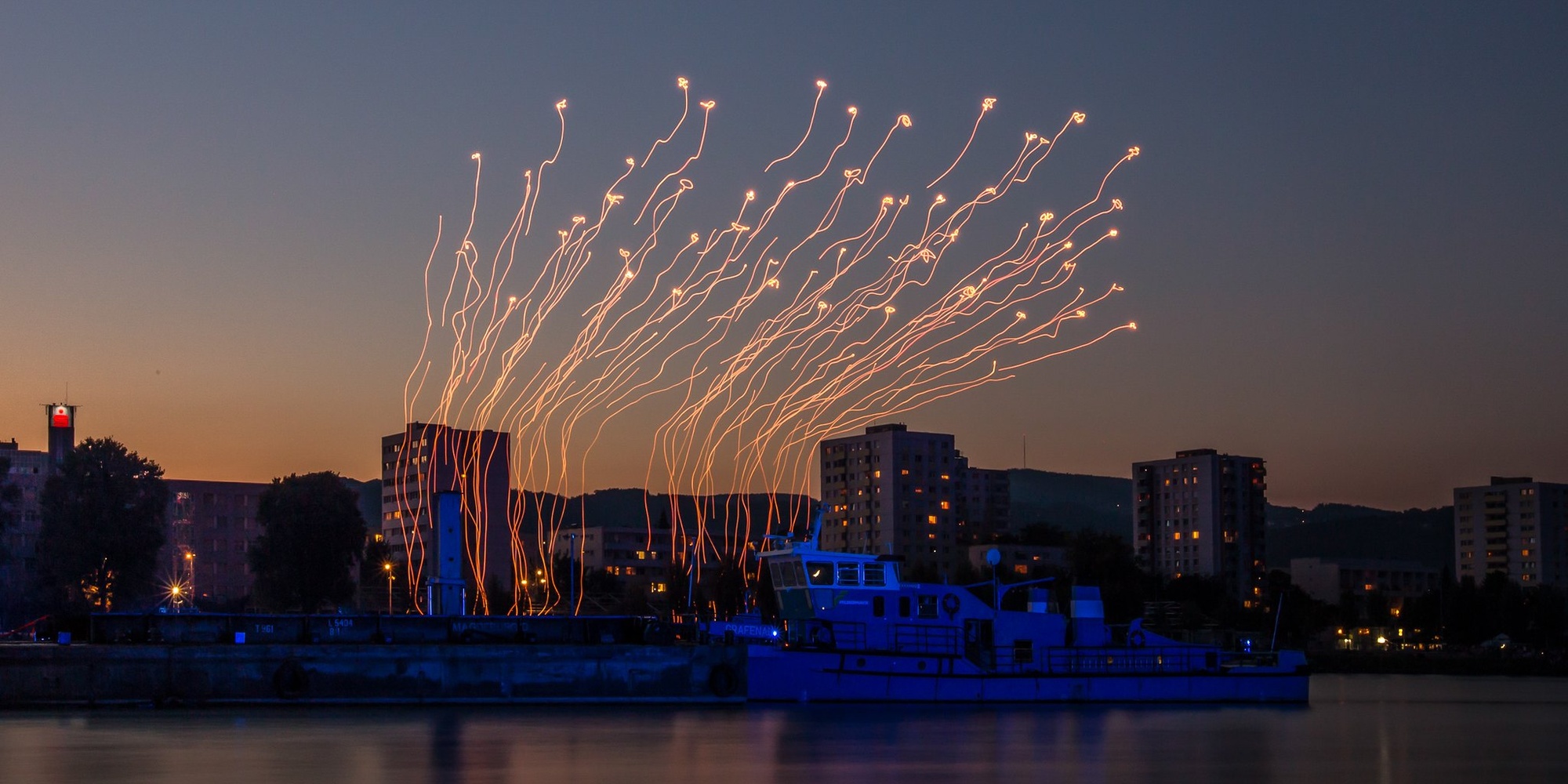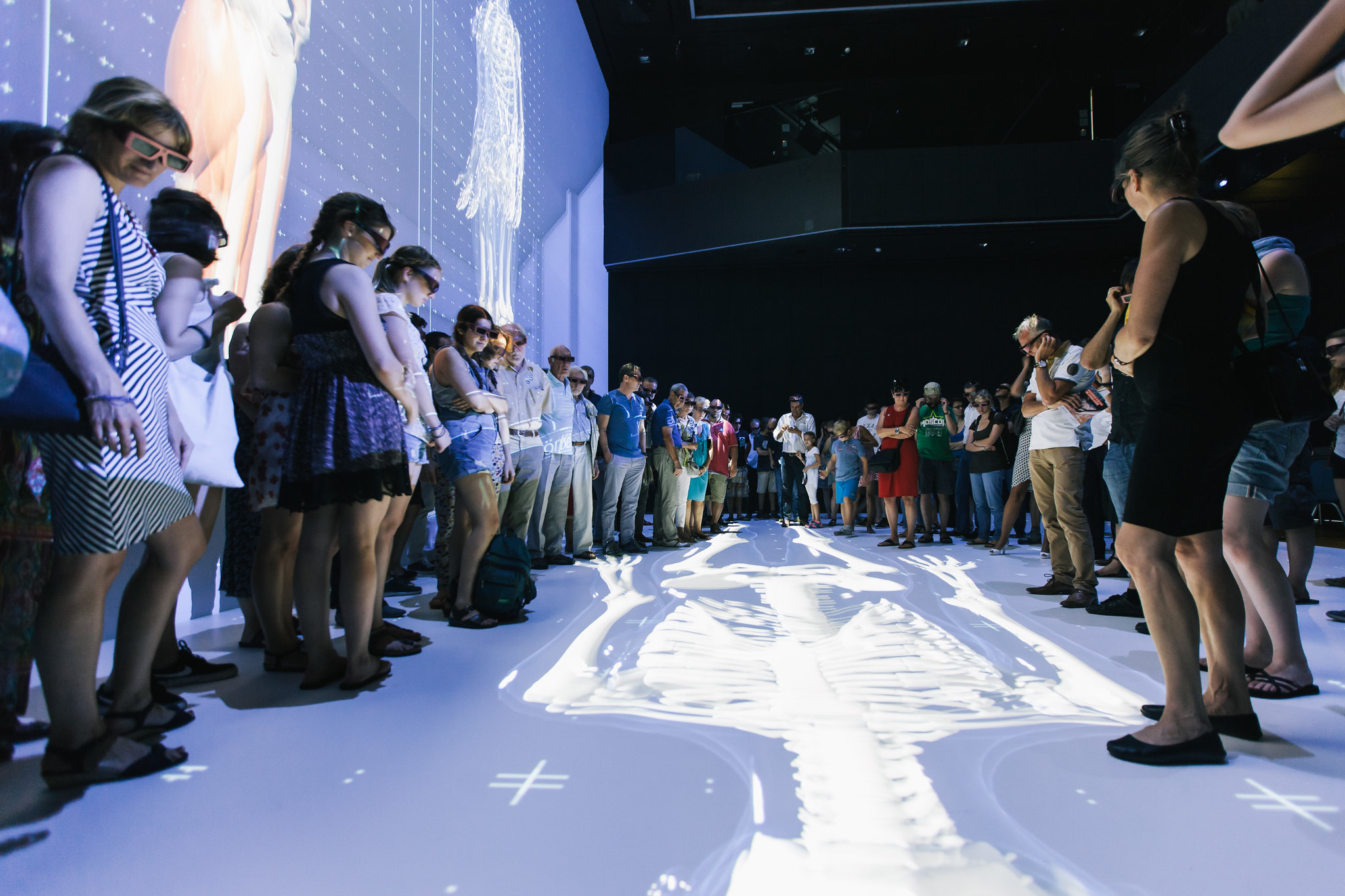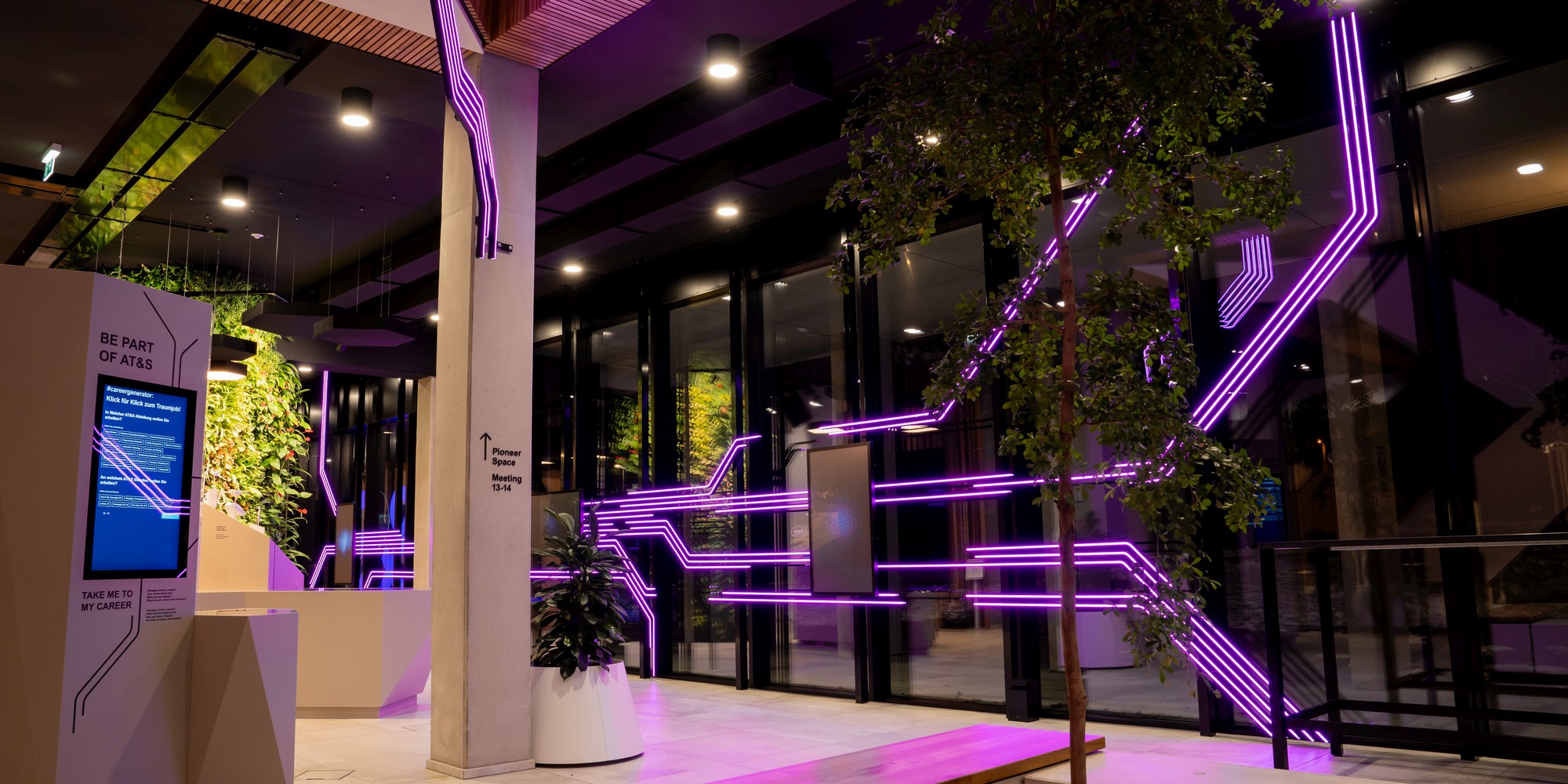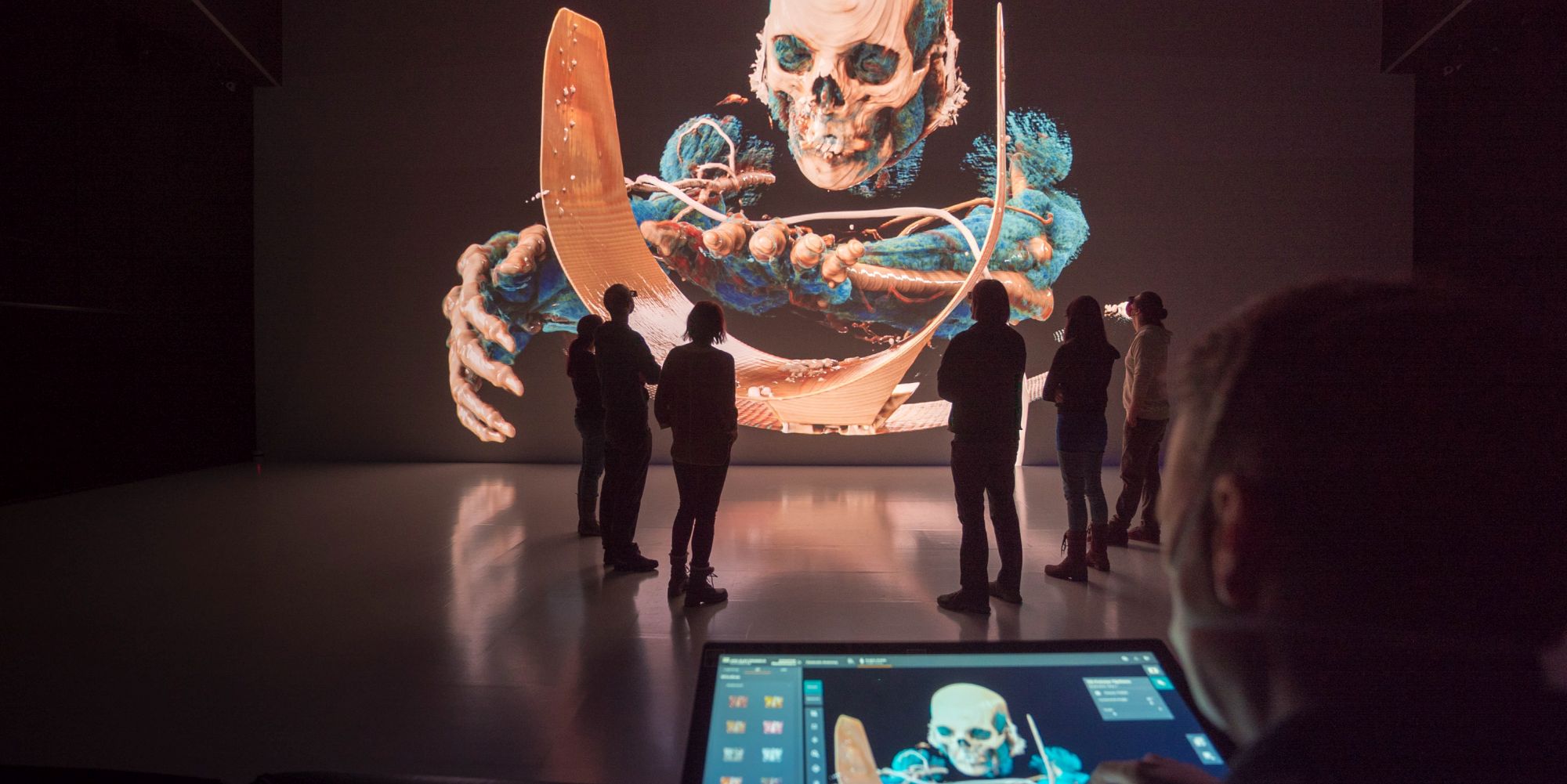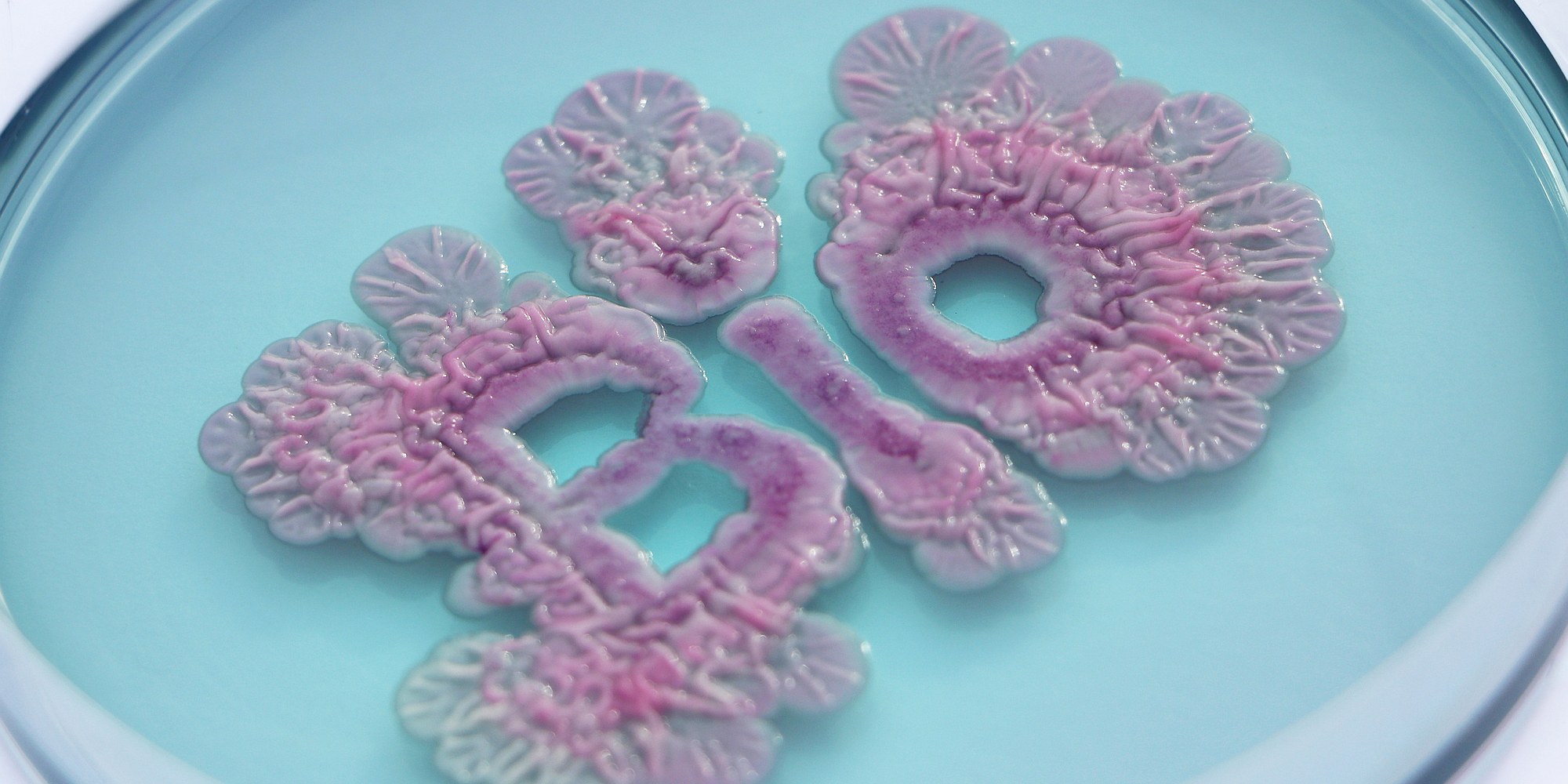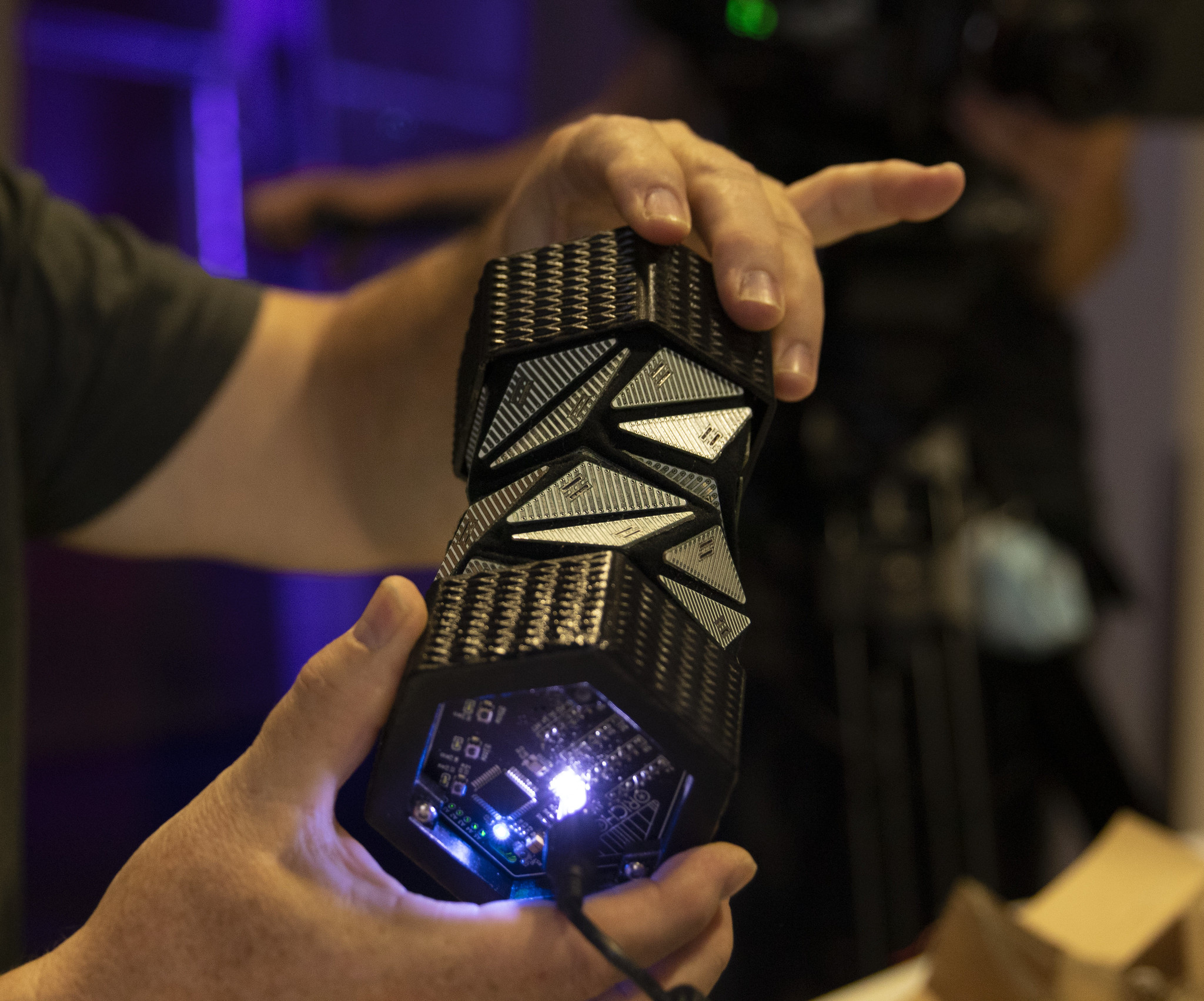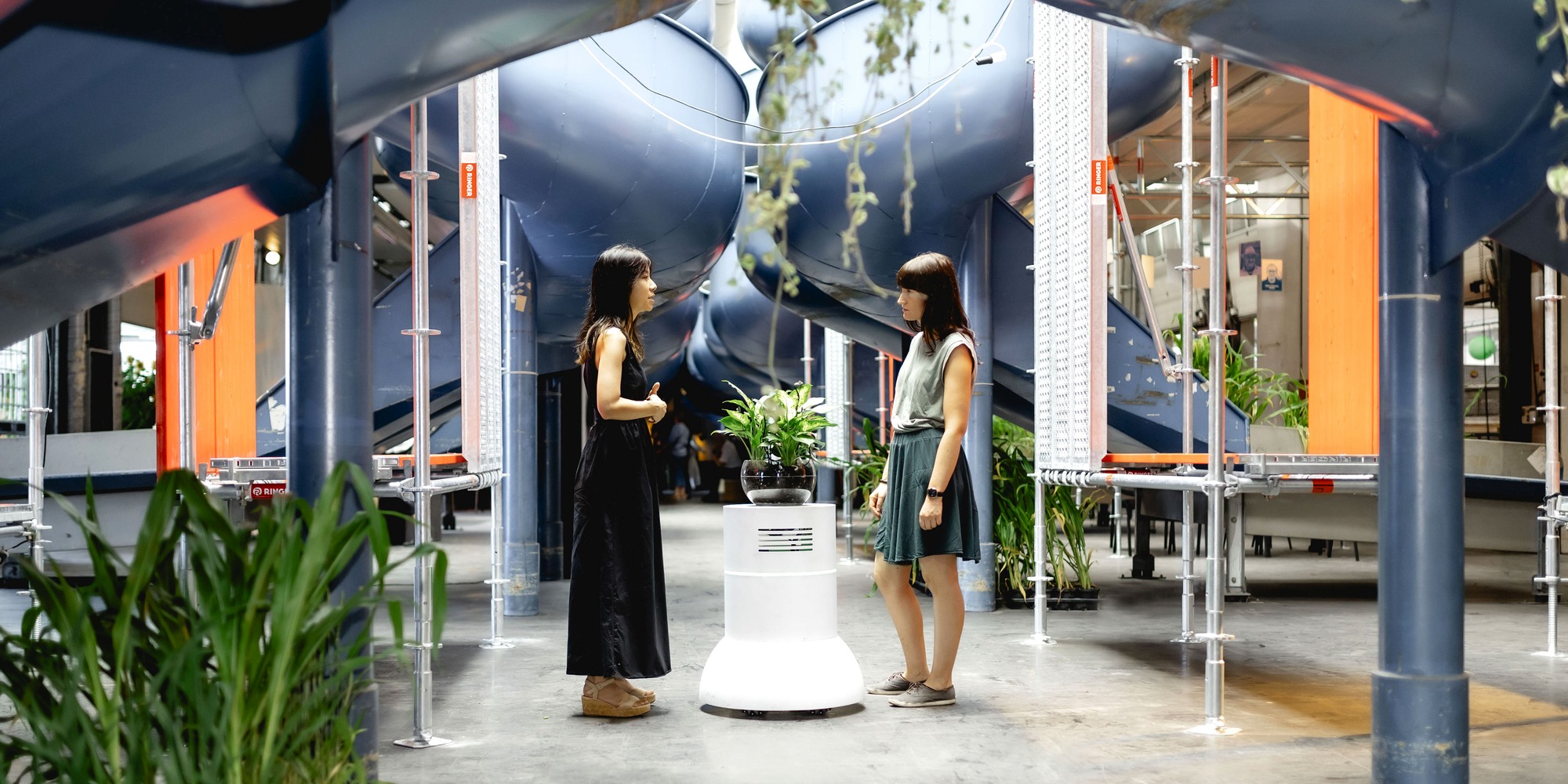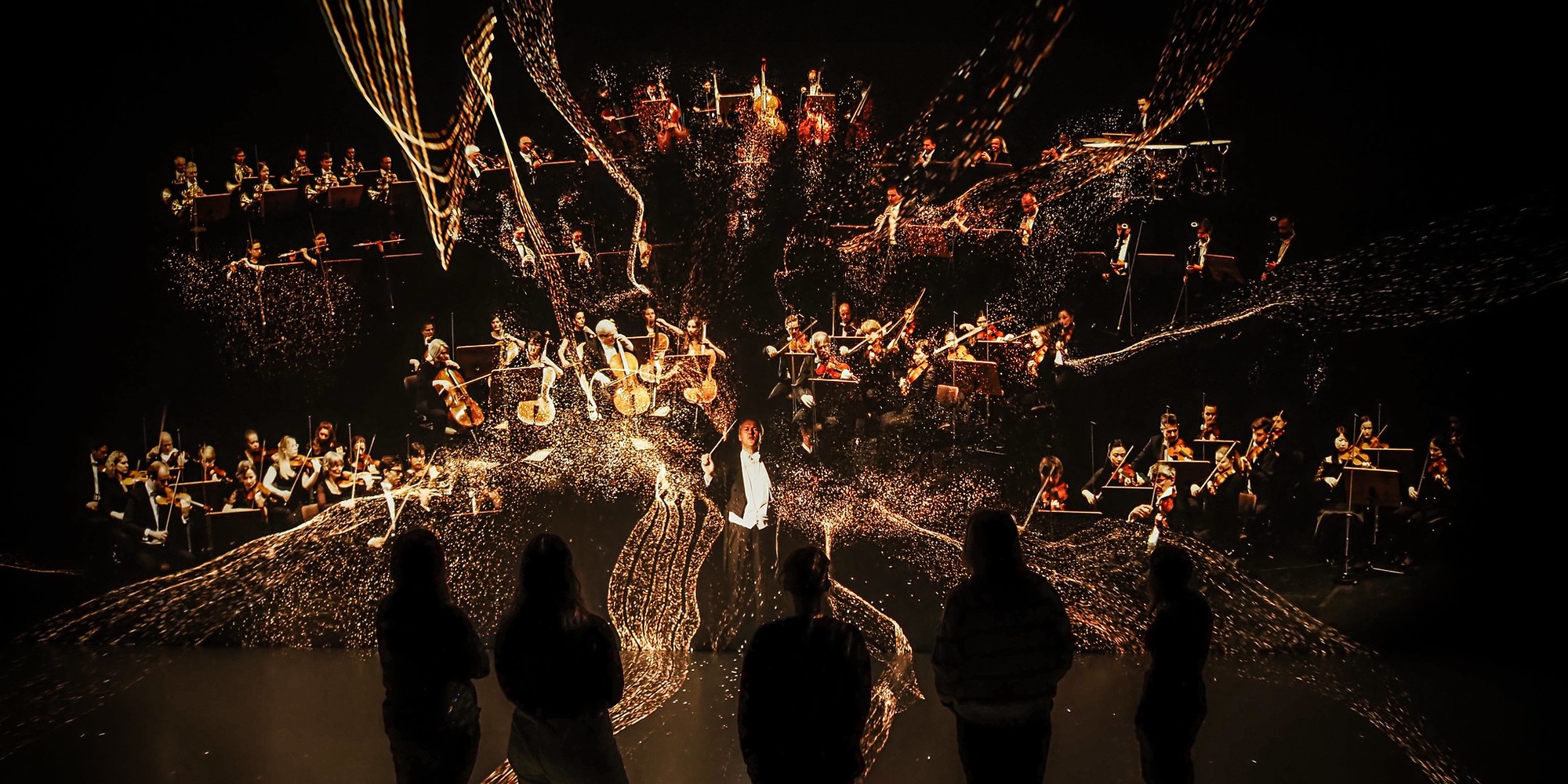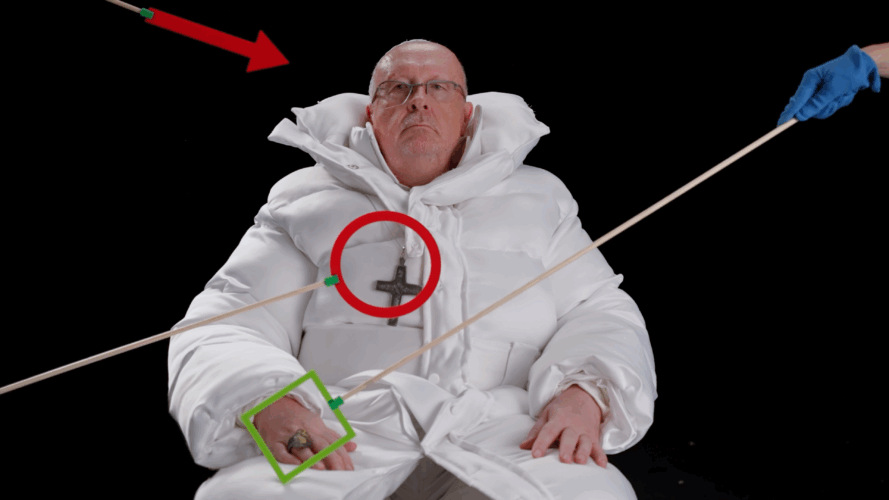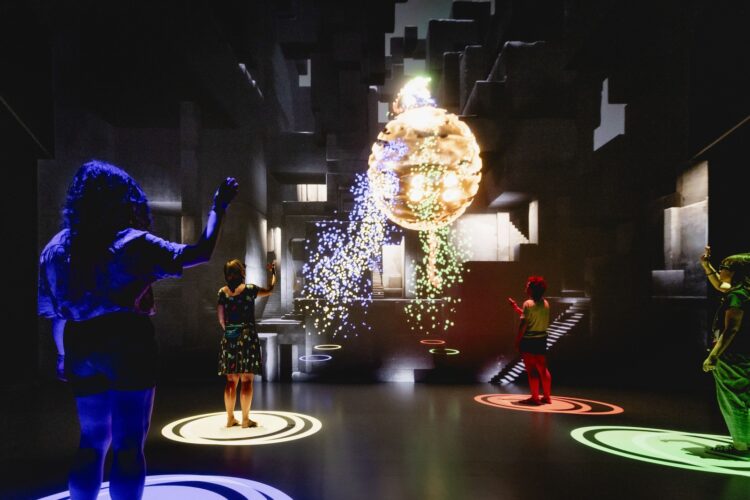Alchemists of the Future
The Ars Electronica Futurelab has constantly reinvented itself since it was founded over 25 years ago: from developing interactive exhibits to the artistic research and development laboratory it is today, interwoven in the Ars Electronica network.
Who We Are
Get to know the Futurelab members, their expertise, and visions – from designers and developers to artists and researchers.
Find out about the lab’s mission to harness the power of creativity for social change and shaping visions for the future.
Jump into the Futurelab’s journey from developing exhibitions in the 1990s to the broad range of explorations we delve in today.
Our Philosophy
The Ars Electronica Futurelab sees itself as an interface and catalyst between different disciplines. Our philosophy is to promote an understanding of ourselves that transcends traditional boundaries through critical thinking, artistic practice, and technological innovation. We believe in the power of creativity to initiate social change and shape visions of the future. In our work, we combine art and science to open up new perspectives and harness the potential of technology for the benefit of future society.

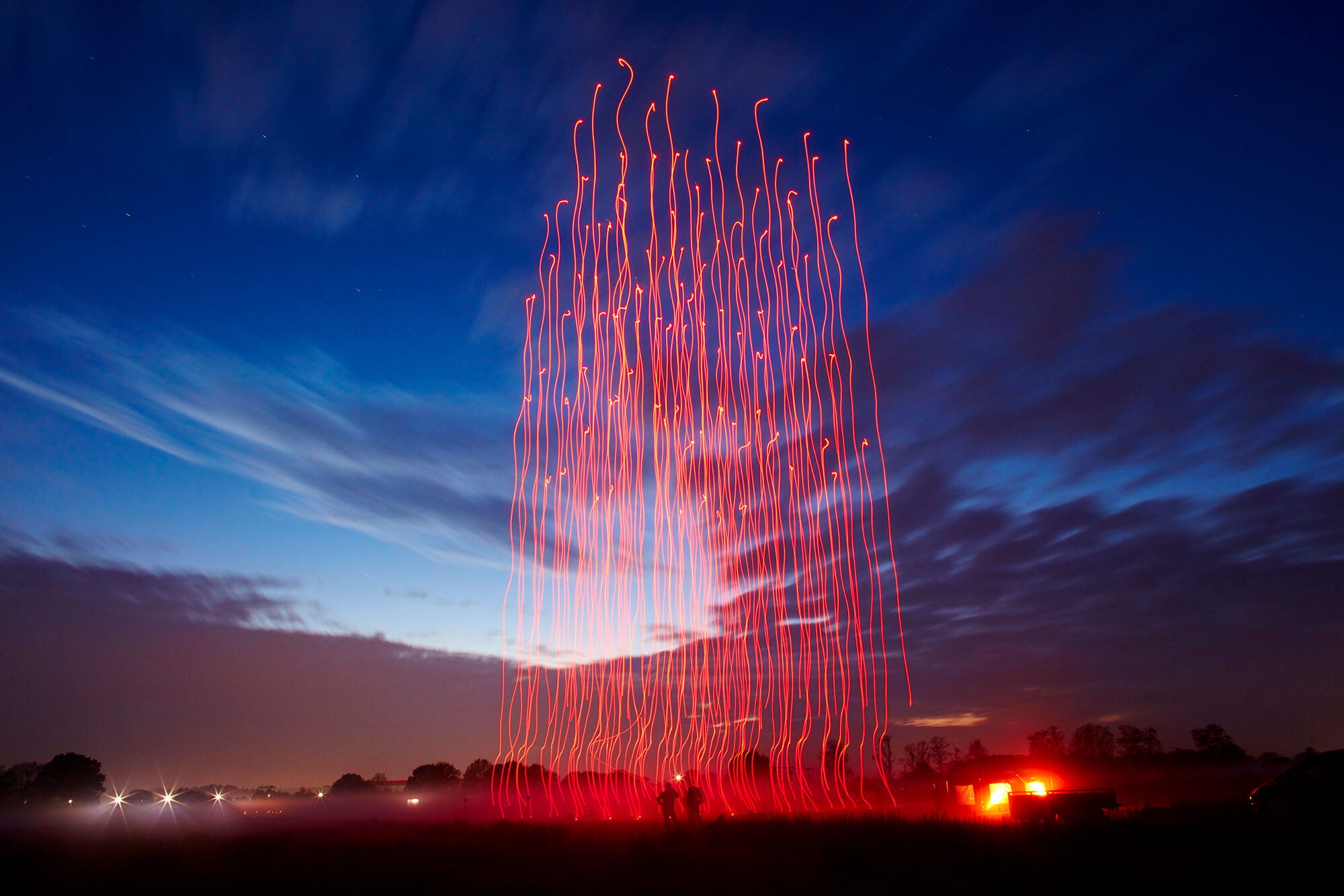
The Futurelab is a place where experimental ideas and projects are realized. They demonstrate how art and creativity can inspire and guide the development of new technologies. Our mission is to create works that reveal the transformative power of the convergence of art, society, and technology.
Photo: Robert Bauernhansl
Our History
After founder Hannes Leopoldseder launched the first Ars Electronica Festival in 1979, Ars Electronica quickly became known worldwide – a credit to numerous people who strengthened the novel concept from the very beginning.
Among them was co-founder Christine Schöpf, who helped the Prix Ars Electronica, launched in 1987, to achieve international significance. It was also she who pushed to establish an in-house research and development facility.
In 1995, Gerfried Stocker became Artistic Director and Co-CEO of Ars Electronica. He brought Horst Hörtner into the team, who became head of the Ars Electronica Futurelab.

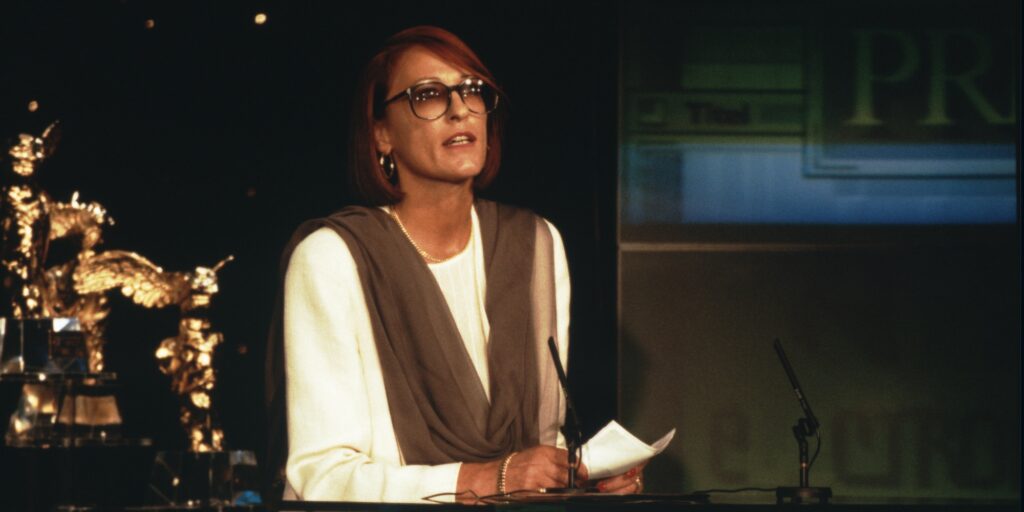
After an incubation phase, the Ars Electronica Futurelab was founded in 1996 – right at the opening of the Ars Electronica Center. The first installations by the Futurelab in the museum, such as the CAVE, were soon joined by collaborations with academic institutions and industry, and prestigious international partnerships followed. Over time, the artists and developers of the Ars Electronica Futurelab moved into ever new areas: the exploration of drone swarms, artificial intelligence, robotics and genetics, but also the shared experience of virtual worlds in Deep Space 8K, the poetic representation of complex systems and Art Thinking as a catalyst for change.
Milestones
1995/96 – Incubation phase of designing, creating, and implementing installations for Ars Electronica Center – Museum of the Future including implementation of the CAVE
1996 – Founding of Ars Electronica Futurelab, Ars Electronica’s “fourth pillar”
1997 – First collaborations with academic institutions and first industrial commissions
2002 – Ars Electronica Futurelab moves into its own premises and laboratory space in a commercial building close to the Ars Electronica Center
2004 – First commissions from international corporate clients
2008 – Work on the creation of the relaunch and architectural expansion of Ars Electronica Center, including Deep Space where ultra-high-definition worlds are projected on a 16×9-meter wall and floor surface, using 8 stereo HD projectors
2009 – Ars Electronica Futurelab moves into its own premises in a separate part of the new Ars Electronica Center building and undergoes a restructuring process
2012 – Key role of Ars Electronica Futurelab in the creation of Klangwolke 2012 (Cloud of Sound), including the first public performance of Spaxels
2012 – Ars Electronica Solutions is established as a spin-off of Ars Electronica Futurelab to bring the creations and prototypes that emerge from the Ars Electronica ecosystem to the market
2014 – Start of Art Thinking Program in cooperation with Japanese agency Hakuhodo
2015 – Upgrade of Ars Electronica Center’s Deep Space to 8K projection technology
2019 – Complete thematic redesign of Ars Electronica Center with a clear focus on AI, featuring the Understanding AI exhibition
2020 – Start of Ars Electronica Futurelab’s Ideas Expedition program as preparation for the anniversary the next year
2021 – 25th anniversary of Ars Electronica Futurelab
2022 – Major upgrades with Deep Space 8K EVOLUTION: Even more brilliant images with lower energy consumption, a new 3D tracking system, and fresh applications
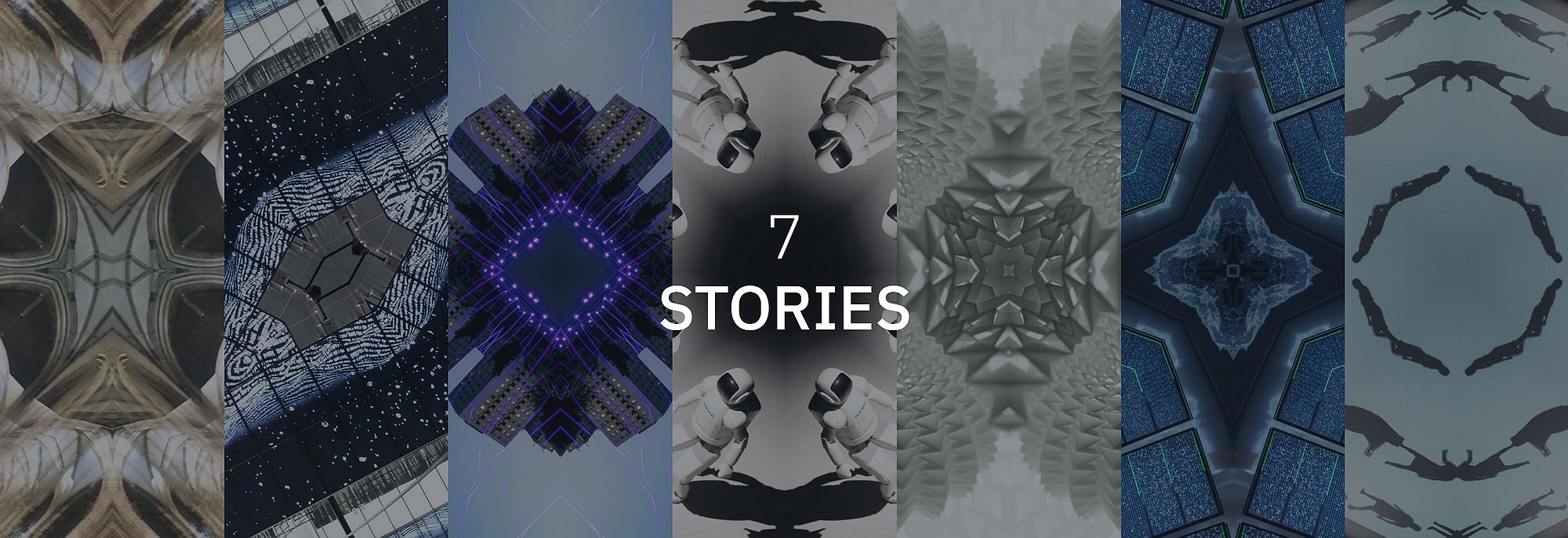
In 2021, the Ars Electronica Futurelab celebrated its 25th anniversary under the theme “Alchemists of the Future” to provide insight into the lab’s work, history, and future: with a special Futurelab Day during the Ars Electronica Festival, an exhibition, and new installations in the Ars Electronica Center as well as a book and a video series.
During the preparations for the 25th anniversary, seven stories emerged along key areas of the Ars Electronica Futurelab’s research, development, and prototyping work: Virtual Worlds, Poetic Systems, The Art of Swarms, Humanity and Robotinity, Code for Matter, Artificial Intelligence, and Art Thinking. These stories contextualize the lab’s work with various technologies and their impact on our lives in the future. With various activities like a special website as well as videos of the 25th Anniversary Series, the lab’s researchers and artists provided insight into these stories.
